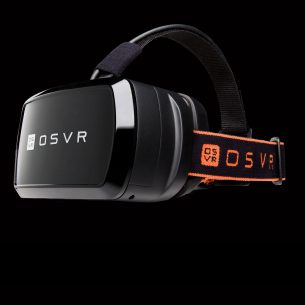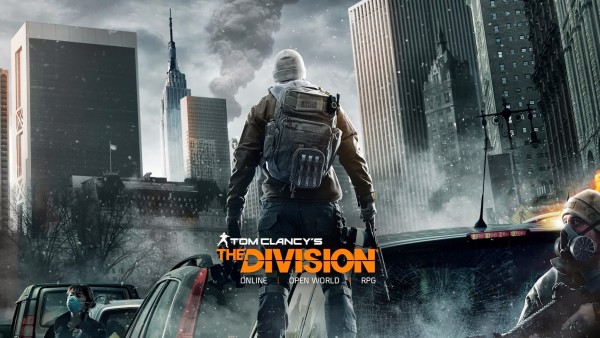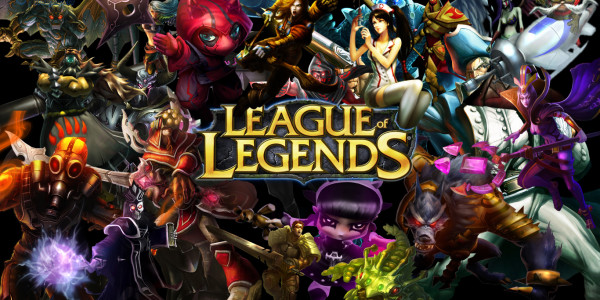Archive Post
Home / PC GAming
Rainbow Jam ’16 and how game jams help the industry
As August continues, a number of game jam events are scheduled to take place. These…
The Definitive Guide To Mastering OSVR – Open Source Virtual Reality
Virtual Reality has been available to consumers on PC after years in development. While the…
The Division Now Bans Cheaters Permanently on the First Offense
Many bad things have recently been said about The Division, which it would seem to…
The Culling is everything King of the Hill should be
Have you ever wanted to feel like you are in the Hunger games? Yah, me…
PC gaming passes mobile gaming as most profitable sector of gaming industry
Superdata a market research firm, are reporting this week that the digital games market in 2015 was…
The Marksmen Have Arrived! lets take a look at Graves! With Hoodie Joy
League of Legends preseason for season 6 has hit, and it’s a doozy. We’ve got…
Tales From the Bordelands is Surprisingly Engaging
Review by Hoodie Joy "what do you expect out of an episodic story based game?"…







